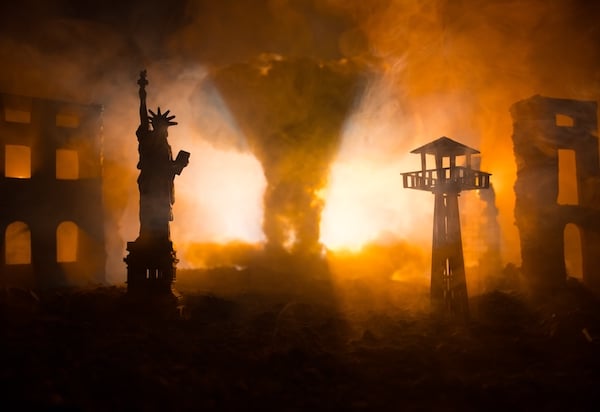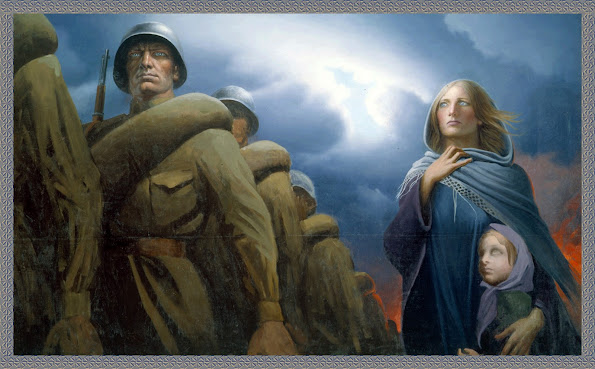The tricky part is distinguishing the critical dependencies–those resources the empire literally cannot do without–from longer-term sources of decay and decline.
In response to my recent post What If There Are No Analogs for 2024?, an astute reader nominated the Roman Empire as a fitting analog. Longtime readers know I’ve often discussed the complex history of Western Rome’s decay and collapse, for example, Why Rome Collapsed: Lessons For the Present (August 11, 2023).
Dozens of other posts on the topic stretch back to 2009: Complacency and The Will To Radical Reform (February 12, 2009)
What conclusions can we draw from recent research and the voluminous work done by previous generations of historians? Our first conclusion is simply to state the obvious: it’s complicated. There was no one cause of Western Rome’s decay and collapse. A multitude of factors generated feedback loops and responses over hundreds of years, some more successful than others.
Indeed, we cannot help but be struck by how many times impending collapse was staved off by brilliant leadership and policy adjustments.
Our second conclusion is to distinguish between the erosive forces of decay and critical vulnerabilities that can trigger collapse. Many authors have pointed to moral decay and fiscal over-reach as sources of Rome’s eventual fall, but there were far more pressing dependencies that created potentially fatal vulnerabilities.
In the case of Western Rome, these included:
1. The depletion of the silver mines in Spain (and the eventual loss of Spain to the Visigoths). Once you run out of hard currency, your free-spending days are over. This dependence on large quantities of hard currency to fund your armed forces is a trigger for collapse.
…click on the above link to read the rest…














